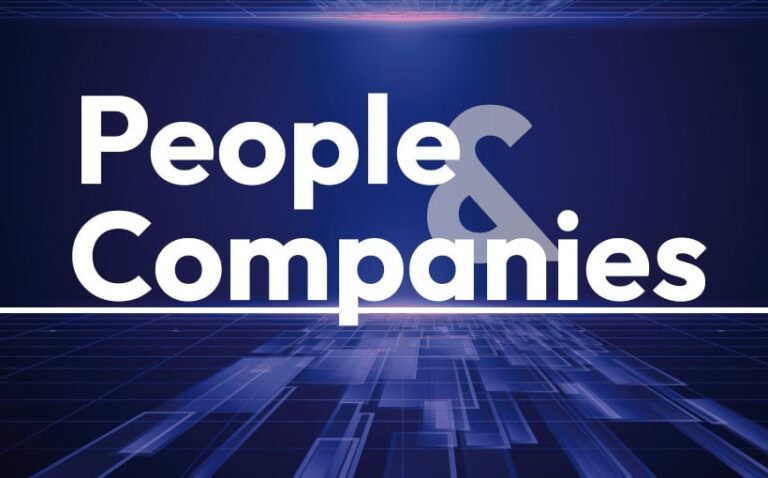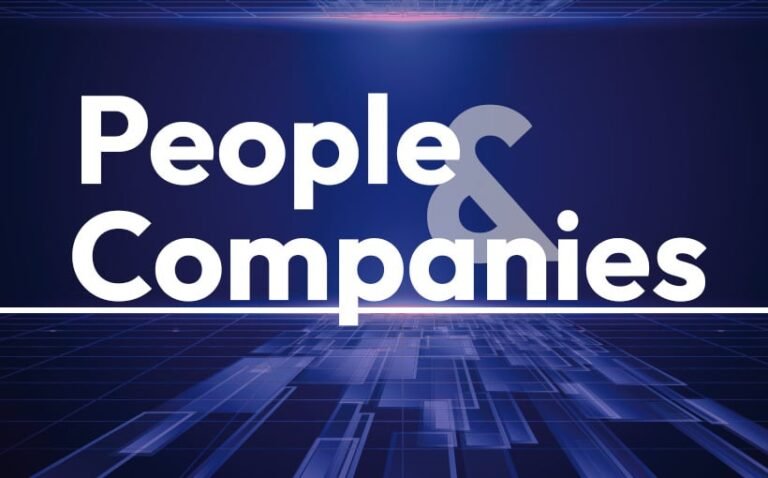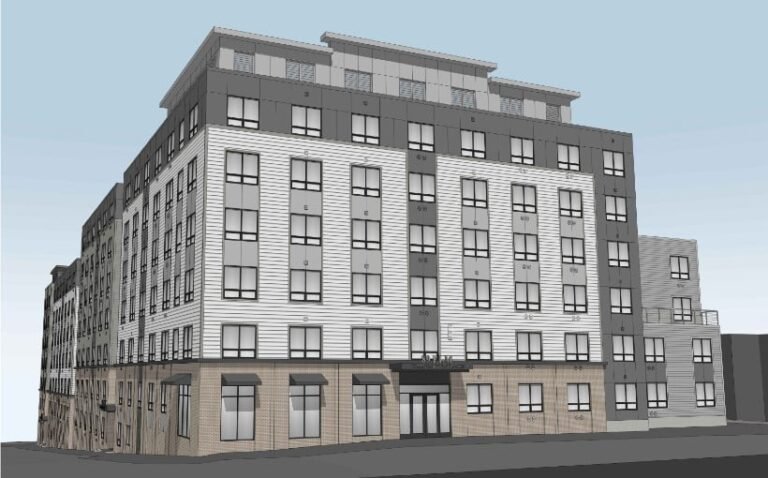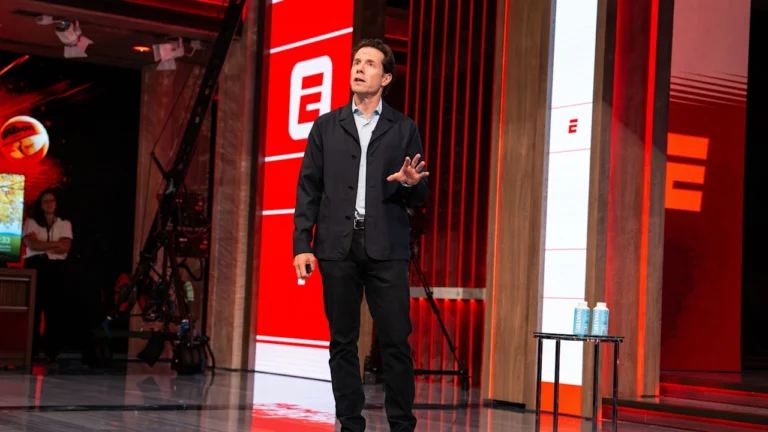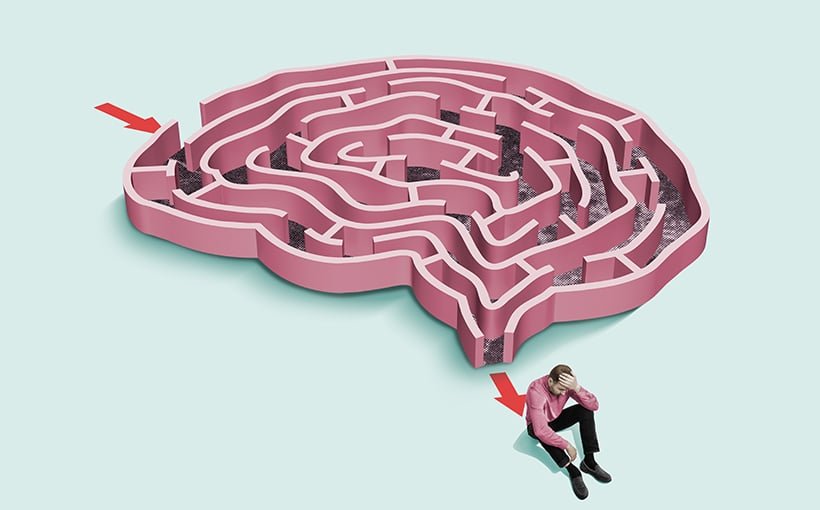

Over the past several decades, the built environment has become less about facilities and more about environments and employees. The U.S. Green Building Council’s Leadership in Energy and Environmental Design (LEED) system helps promote sustainable building practices. Meanwhile, WELL certification from the International WELL Building Institute focuses on employees who occupy those structures.
Now, a recent article in Urban Land Magazine, “Brain Economy Opportunity: Brain-Healthy, Climate-Positive Cities,” explains that a building’s physical space has a profound impact on brain health. However, “the capacity of our buildings and public spaces to be regenerative in that regard remains largely untapped,” the article said.
Harris Eyre, a physician and neuroscientist, senior fellow for brain and society at Rice University, pointed out that the built environment affects the brain in areas including cognition, creativity and well-being. “Support for environments that foster mental wellness and cognitive performance is not just wise policy—it is an economic and social imperative,” he said in the article.
Backing up Eyre’s comments, the McKinsey Health Institute said that the cost of brain disorders on the global economy is anticipated to increase from $5 trillion to $16 trillion annually by 2030. McKinsey Health analysts pointed out that “Good brain health means more than just the absence of disease; it also includes overall cognitive functioning, resilience, and a state of well-being in which individuals feel able to cope with the normal stresses of life, realize their abilities, work productively, and contribute to their communities.”
Taking this one step further, the Urban Land article indicated that a building’s architecture and design can help develop “brain capital.” One example used was the relocation of architect HKS’ Atlanta office. The company decided on a small real estate footprint, a focus on shared environments to encourage collaboration, and flexible areas and furniture to support the different workplace needs of exploration and ideation, collaboration and co-creation, rest and reflection, and social connection. In addition, the design framework was paired with three workplace culture habits (environmental alignment, workday balance, and connection with others), as well as SMART brain training for the team.
- The results included reduced multitasking, increased focused task completion, increased retention rates, and a more fulfilled team.
- The article also commented that open green spaces and pedestrian-friendly sites also contribute to brain health.
The post The Built Environment: More Than Facilities appeared first on Connect CRE.
